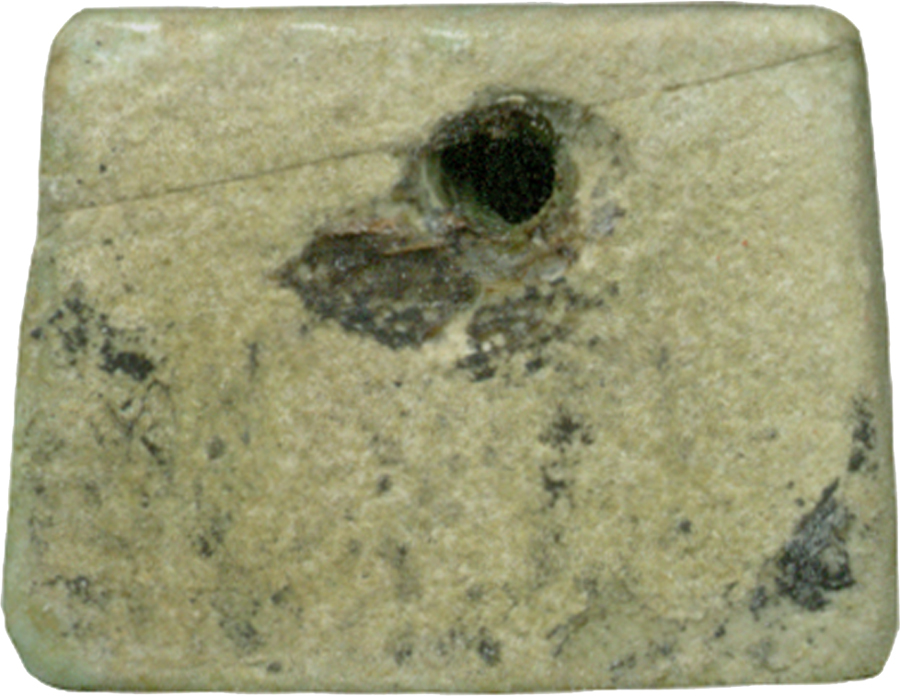Figure of Duamutef, Son of Horus
(Ancient Egypt and Nubia )
During the process of mummification, amulets of different kinds were placed on the body or wrapped in the mummy bindings to protect the deceased from the dangers of the underworld. Figures of the four "Sons of Horus," the gods who protected the containers that held the organs of the deceased, were an indispensable part of a complete set of amulets. This figure of the jackal-headed god Duamutef, who was responsible for the stomach, is formed in the round and has a backplate and base. The mummiform god wears a long wig and holds a long folded cloth in each hand.
Provenance
Provenance (from the French provenir, 'to come from/forth') is the chronology of the ownership, custody, or location of a historical object. Learn more about provenance at the Walters.
Henry Walters, Baltimore [date and mode of acquisition unknown]; Walters Art Museum, 1931, by bequest.
Exhibitions
| 2008-2013 | Mummified. The Walters Art Museum, Baltimore. |
| 2006-2007 | Daily Magic in Ancient Egypt. The Walters Art Museum, Baltimore. |
| 2003-2004 | Faience: The Colors of the Heavens. The Walters Art Museum, Baltimore; The Walters Art Museum, Baltimore. |
Geographies
Egypt (Place of Origin)
Measurements
H: 3 1/4 x W: 11/16 x D: 5/8 in. (8.2 x 1.8 x 1.6 cm)
Credit Line
Acquired by Henry Walters
Location in Museum
Not on view
Accession Number
In libraries, galleries, museums, and archives, an accession number is a unique identifier assigned to each object in the collection.
In libraries, galleries, museums, and archives, an accession number is a unique identifier assigned to each object in the collection.
48.1645













